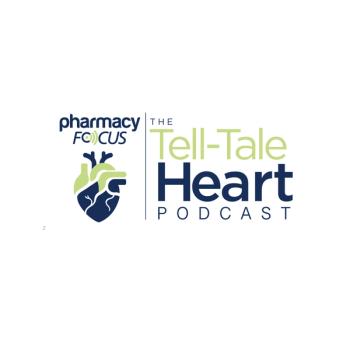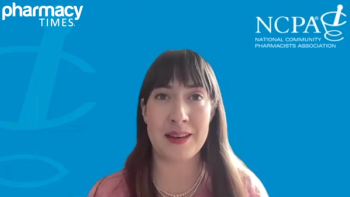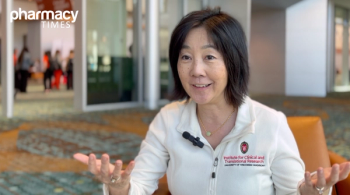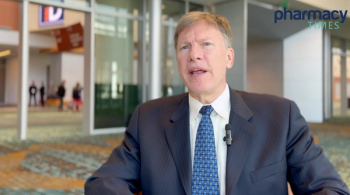
Managing the challenge requires a multifaceted approach with all stakeholders.

Managing the challenge requires a multifaceted approach with all stakeholders.

Gepotidacin is indicated for female patients who are at least 12 years of age and weigh at least 40 kg with uncomplicated urinary tract infections (uUTIs) caused by certain microorganisms.

If approved, this novel monoclonal antibody therapy could become a standard of care emergency option for patients with acute myocardial infarction, which affects millions in the United States and across the world.

As the COVID-19 pandemic moves into an endemic phase, the major impacts on drug research, collaboration, and use of new technologies due to the spread of the virus warrant recognition.

Pharmacists can promote prevention through the implementation of antimicrobial stewardship initiatives and advocate for fecal microbiota transplant.

Although PBMs claim integration reduces costs and improves efficiency, the reality is more complicated—and often leaves patients footing the bill.

A district leader at CVS Health emphasizes that patients should get tested, be up to date with immunizations, and staying home and reach out to health care professionals when experiencing symptoms.

Helping patients adhere to their medications to manage their chronic kidney disease (CKD) and comorbidities is one of the key areas pharmacists should prioritize.

Pharmacy technicians can elevate their careers by developing leadership skills, pursuing specialized certifications, and embracing continuous professional growth.

Megan May, PharmD, BCOP, FHOPA, FAPO, discusses lurbinectedin and tarlatamab and what ongoing research in the small cell lung cancer (SCLC) space entails.

This new podcast will explore the latest evidence, practices, and innovations in the world of cardiovascular care from a pharmacist's point of view.

The legislation is expected to improve the financial stability of independent and community pharmacies by ensuring fair reimbursement rates and allowing them to better manage their finances.

Evidence-based guidelines support the safe and effective administration of Ig therapy in clinical practice.

National Adverse Drug Event Awareness Day was established to promote awareness, drive policy changes, and encourage health care professionals and patients to prioritize medication safety.

Pharmacists can help patients with diabetes save money.

Expert offers insights into managing stress and preventing burnout in pharmacy leadership

The innovative neonatal cardiac progenitor cell therapy is designed to repair heart tissue in patients with heart failure with preserved ejection fraction (HFpEF).


Specialty distribution models, including limited drug distribution systems, ensure safe medication access but can create barriers for patients, making medically integrated pharmacies essential in coordinating care.

Automation can enhance medication management and support pharmacists' critical clinical roles.

Jeff A. Goad, PharmD, MPH, discusses the latest RSV vaccination guidelines and recommendations for 2025, highlighting vaccine options, target populations, timing considerations, evolving CDC policies, and the role of pharmacists in immunization efforts.

In a debate at the 2025 APhA Annual Meeting, speakers highlighted GLP-1s’ advantages in stroke prevention and weight loss vs SGLT2s’ superiority in heart failure, CV death reduction, and renal protection.

Pharmacists are pivotal in expanding reproductive health care access through patient education and collaboration.

Pharmacists are leading the way in personalized medicine through strategic pharmacogenetic implementation.

Pharmacists can empower patient RSV vaccination through strategic communication and personalized care.

Two pharmacists at the 2025 APhA Annual Meeting debate the role of continuous glucose monitoring (CGM) for non-insulin users, highlighting evolving guidelines, emerging clinical evidence, cost and coverage challenges, and the need for further research to justify widespread adoption.

Pharmacists can navigate career paths through passion, adaptability, and patient-centered soft skills.

AI is offering new ways to support pharmacists' decision-making and patient care.

Contraceptive options have expanded since 1960, with pharmacists today playing a growing role as prescribers of contraception and studies showing the benefit of pharmacist-driven contraception clinics.

Community pharmacies can enhance medication safety by proactively identifying risks and implementing targeted best practices.